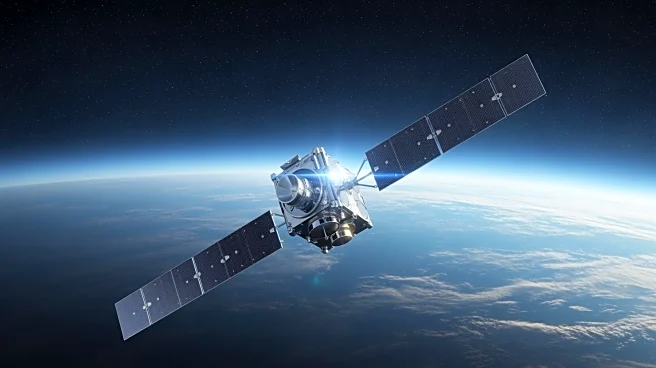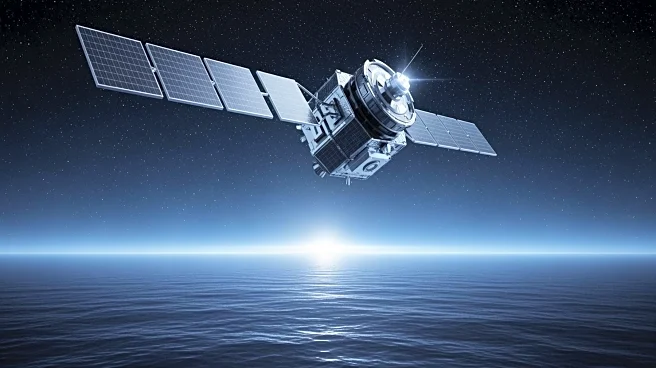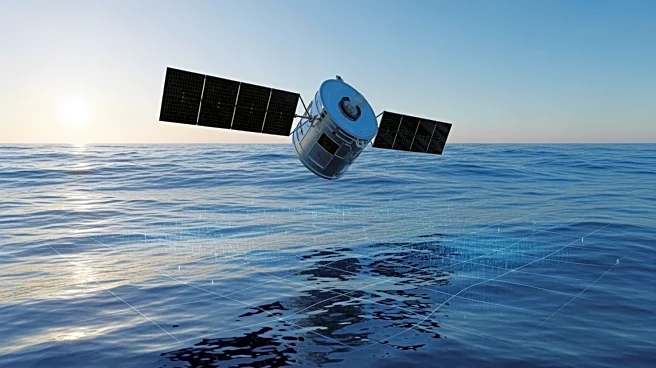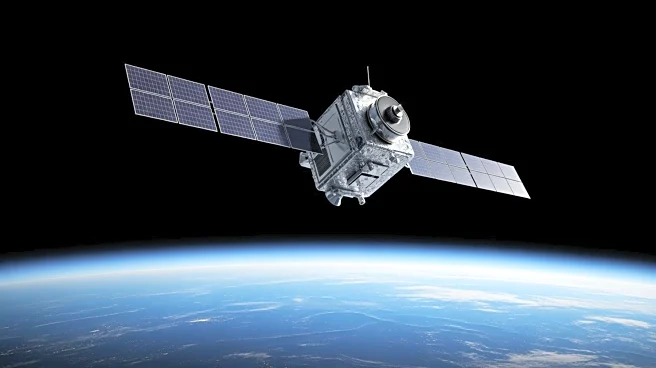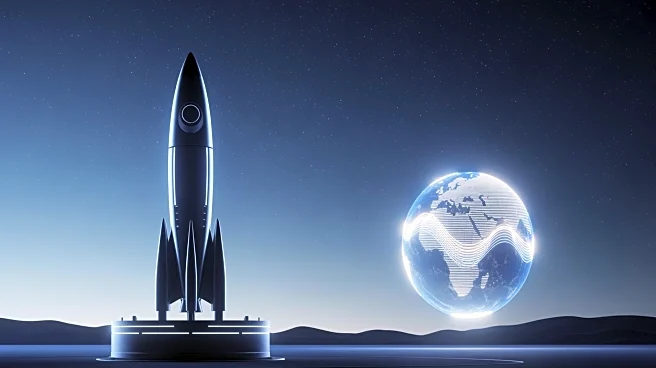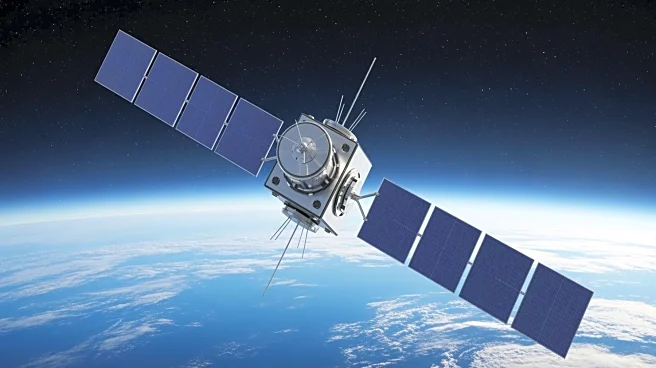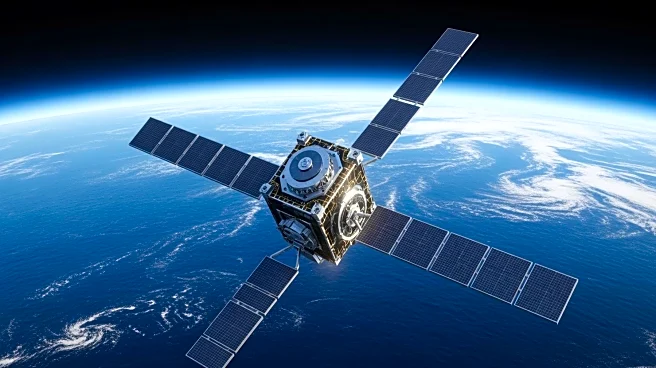What's Happening?
The first stage of a SpaceX Falcon 9 rocket successfully landed at Vandenberg Space Force Base's Landing Zone 4 in California on November 16, 2025. This landing followed the launch of the Sentinel-6B spacecraft,
a collaborative effort between NASA, the European Space Agency (ESA), EUMETSAT, and the National Oceanic and Atmospheric Administration (NOAA). The Sentinel-6B mission aims to measure global sea levels with high precision, covering approximately 90% of the world's oceans. The Falcon 9's second stage is set to coast for about 45 minutes before a brief burn to align its trajectory for deployment into a non-Sun-synchronous orbit. The satellite is expected to separate from the second stage and deploy into orbit shortly thereafter.
Why It's Important?
The successful launch and deployment of Sentinel-6B are crucial for advancing global climate monitoring capabilities. By providing precise sea level measurements, the mission supports efforts to understand and mitigate the impacts of climate change, particularly in coastal regions vulnerable to rising sea levels. The collaboration between NASA, ESA, EUMETSAT, and NOAA highlights the importance of international cooperation in addressing global environmental challenges. The data collected will be instrumental for scientists and policymakers in developing strategies to protect ecosystems and human communities from climate-related threats.
What's Next?
Following the deployment of Sentinel-6B, updates on its operational status and data collection will be provided through the Sentinel-6B blog. The mission's success may lead to further collaborations between international space agencies to enhance climate monitoring and environmental research. Stakeholders, including government agencies and environmental organizations, are likely to utilize the data for policy development and climate adaptation strategies. Continued monitoring and analysis will be essential for assessing the long-term impacts of climate change and informing global efforts to address environmental challenges.
Beyond the Headlines
The Sentinel-6B mission underscores the growing reliance on space-based technologies for environmental monitoring and climate research. As climate change continues to pose significant risks, the integration of satellite data into climate models and policy frameworks becomes increasingly vital. The mission also reflects the technological advancements in space exploration, with reusable rockets like SpaceX's Falcon 9 playing a key role in reducing costs and increasing the frequency of scientific missions. This development may pave the way for more sustainable and efficient space operations in the future.


